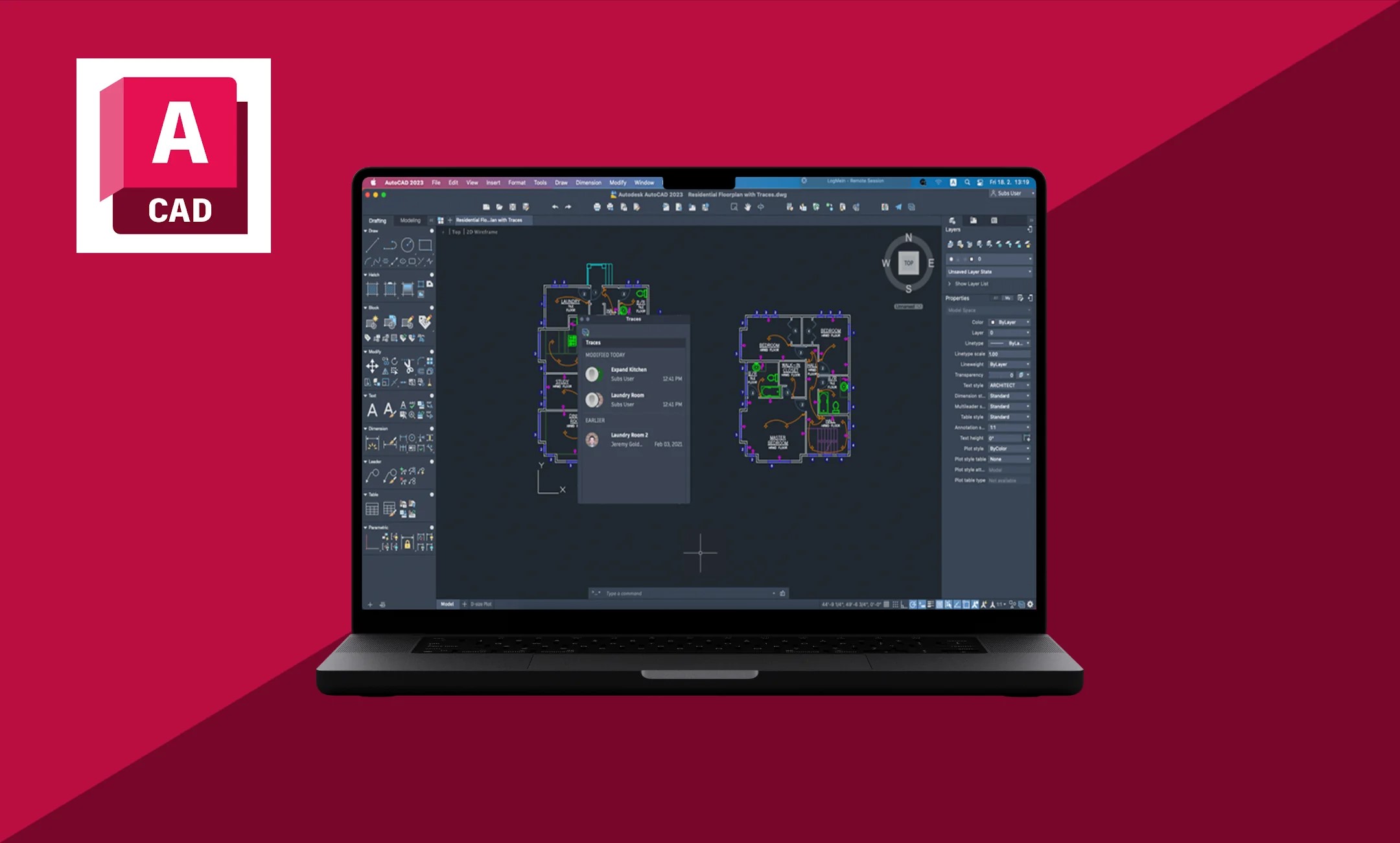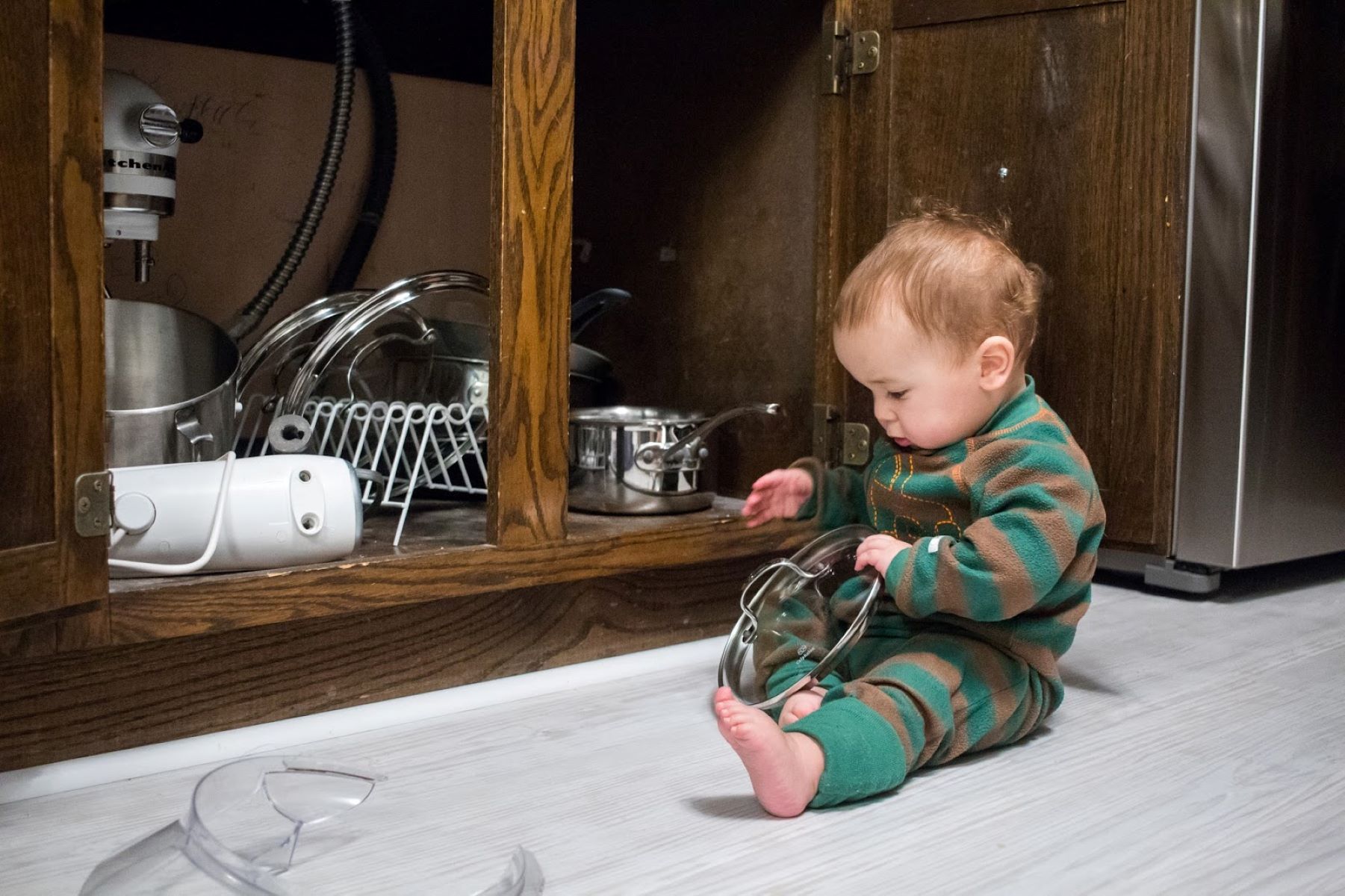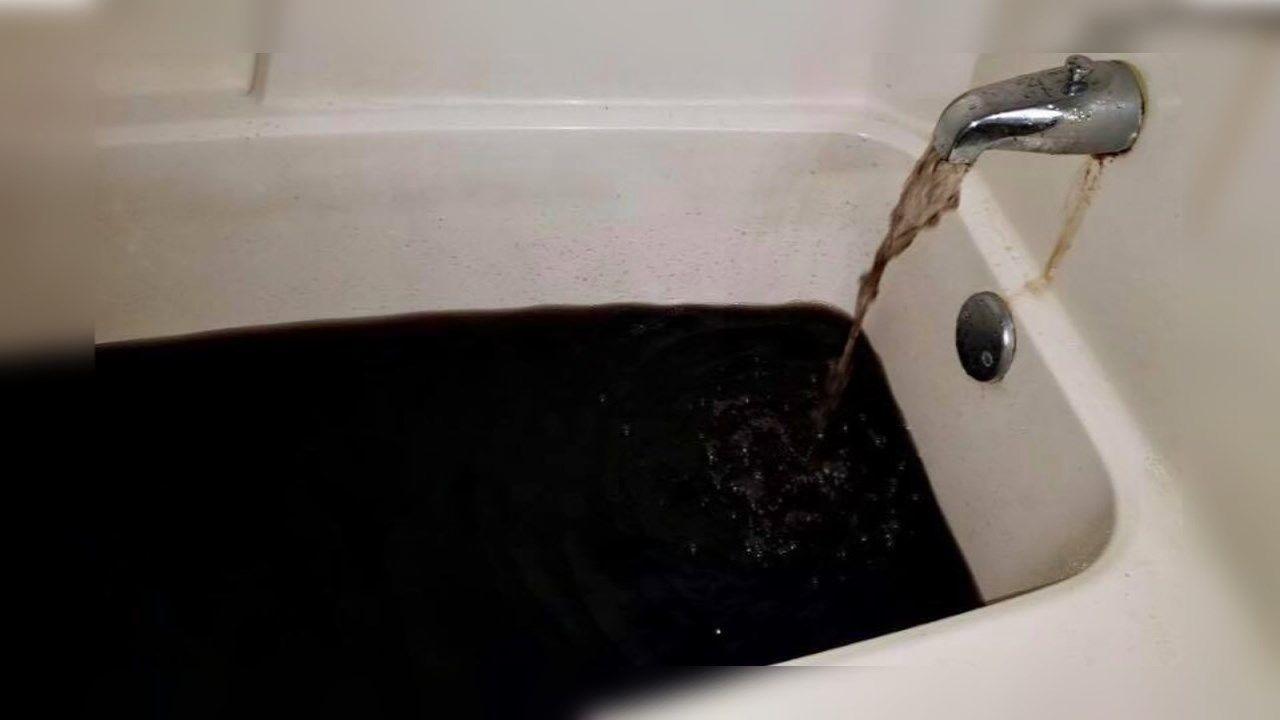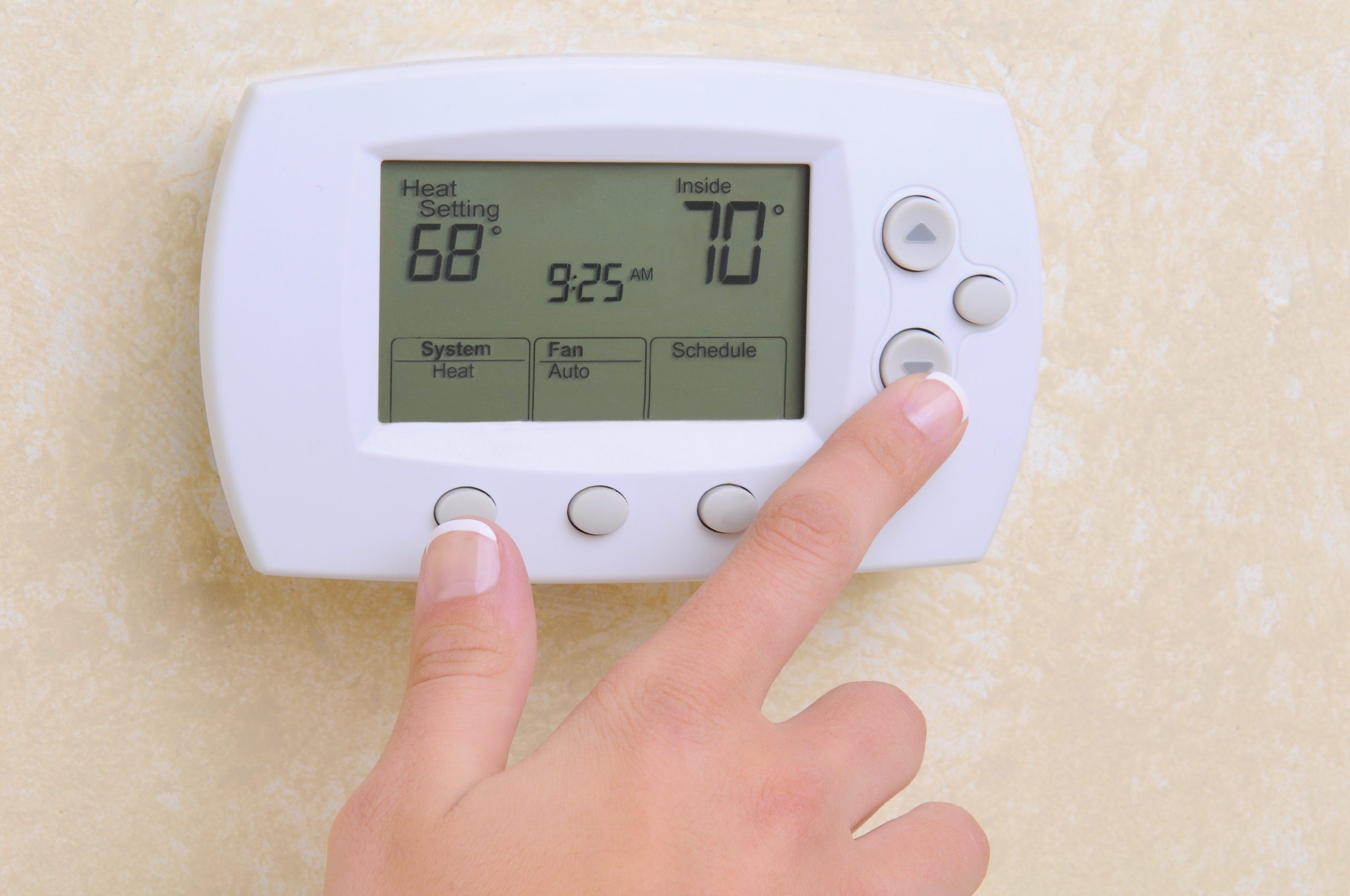

Articles
What Does Faucet Mean
Modified: March 1, 2024
Discover the meaning of "faucet" in our informative articles. Learn about different types, functions, and maintenance tips for faucets.
(Many of the links in this article redirect to a specific reviewed product. Your purchase of these products through affiliate links helps to generate commission for Storables.com, at no extra cost. Learn more)
Introduction
Welcome to the world of faucets! In today’s modern society, faucets play an indispensable role in our daily lives. Whether you’re washing your hands, doing dishes, or taking a refreshing shower, faucets are the unsung heroes that provide us with a constant supply of water. But have you ever wondered what exactly a faucet is and how it works?
In this article, we will delve into the fascinating world of faucets, exploring their different types, components, functionality, and common problems. We will also provide some useful tips for choosing the right faucet for your needs. So, let’s dive in and explore the world behind the humble faucet!
But first, let’s start with the most fundamental question:
Key Takeaways:
- Faucets are more than just water dispensers; they are essential design elements in our homes and commercial spaces, offering a wide range of styles and functionalities to suit diverse needs and preferences.
- When choosing a faucet, consider factors such as style, compatibility, functionality, durability, finish, warranty, and budget to make an informed decision that enhances both the functionality and aesthetic appeal of your space.
Read more: What Does “Facade” Mean
Definition of Faucet
A faucet is a device that controls the flow of water from a plumbing system. Also known as a tap in some regions, faucets are typically mounted above a sink, bathtub, or shower, allowing users to regulate the flow and temperature of water. They are not only functional but also serve as a design element in kitchen and bathroom fixtures.
Faucets come in various shapes, sizes, and styles to suit different needs and preferences. From traditional two-handle faucets to modern touchless ones, there is a wide range of options available in the market today. Regardless of the style, all faucets share the same basic purpose – delivering water when needed and shutting it off when not in use.
Faucets are connected to a water supply line, usually through a series of pipes and valves hidden behind walls or beneath sinks. The design of a faucet consists of several crucial components that allow for the control and regulation of water flow.
Now that we have a clear understanding of what a faucet is, let’s explore the various types that are commonly found in households and commercial spaces.
Types of Faucets
Faucets come in a variety of styles, each with its own unique features and functions. Here are some of the most common types of faucets you may encounter:
- Compression Faucets: Compression faucets are one of the oldest and most traditional types of faucets. They feature separate hot and cold handles that need to be twisted clockwise or counterclockwise to control the water flow. These faucets work by using rubber or plastic washers that compress against a valve seat to stop the water flow. While they have a simple design, they are more prone to leaks and require regular maintenance.
- Ball Faucets: Ball faucets feature a single-handle control mechanism and are commonly found in kitchens. They have a rotating ball inside the faucet body that controls water flow and temperature. By moving the handle in different directions or positions, users can adjust both the flow rate and the mix of hot and cold water.
- Cartridge Faucets: Cartridge faucets also have a single-handle control mechanism, but they use a more advanced cartridge system instead of a rotating ball. The cartridge contains multiple moving parts that control water flow and temperature. Cartridge faucets are known for their smooth operation, durability, and easy maintenance.
- Disc Faucets: Disc faucets are considered one of the most reliable and long-lasting types of faucets. They feature a single lever that controls both water flow and temperature. Inside the faucet body, there are two ceramic discs that move against each other to regulate the water flow. Disc faucets are known for their excellent water pressure and drip-free performance.
- Touchless Faucets: Touchless faucets, also known as sensor faucets or hands-free faucets, have gained popularity in recent years due to their convenience and hygiene benefits. These faucets use motion sensors to detect the presence of hands. When hands are in close proximity, the water flow is automatically activated, eliminating the need to touch the faucet handle. Touchless faucets are commonly found in public restrooms and commercial settings.
These are just a few examples of the different types of faucets available in the market. Each type has its own pros and cons, so it’s important to consider your specific needs and preferences when choosing a faucet for your home or workspace.
Now that we have explored the various types of faucets, let’s take a closer look at the components that make up these essential plumbing fixtures.
Components of a Faucet
A faucet may seem like a simple device, but it is actually made up of several components working together to control and deliver water. Understanding these components will help you gain a deeper appreciation for the functionality and design of faucets. Here are the key components of a typical faucet:
- Spout: The spout is the part of the faucet that the water flows out of. It can be straight or curved, and its length and shape depend on the type and style of the faucet. The spout is connected to the body of the faucet and is usually adjustable to direct the water flow.
- Handles or Levers: Faucets can have one or two handles or levers for controlling water flow and temperature. These handles or levers are connected to valves inside the faucet body, allowing users to turn them to open or close the water flow and adjust the temperature as desired.
- Valves: Valves are essential components that control the flow of water. Different types of faucets use different valve mechanisms. Compression faucets use valves that are opened and closed by twisting the handles. Cartridge, ball, and disc faucets have valves that move in different ways to regulate water flow and temperature.
- Aerators: Aerators are small mesh screens or attachments that are placed at the end of the faucet spout. They serve two main purposes: to regulate water flow by mixing air with the water, reducing splashing and saving water, and to filter out impurities and debris from the water.
- Sprayer or Pull-out Wand: Some faucets, particularly those in kitchen sinks, may include a sprayer or pull-out wand. These components provide additional flexibility and convenience for tasks such as washing dishes or cleaning the sink. The sprayer or wand is connected to the main faucet body and can be pulled out and used separately.
- Escutcheon Plate: The escutcheon plate is a decorative plate that covers the holes in the sink or countertop where the faucet is installed. It provides a finished and polished look, while also protecting the surface from water damage.
These are the primary components that make up a faucet. The design and functionality of these components may vary depending on the type of faucet and the brand. Now that we have a good understanding of the inner workings of a faucet, let’s move on to explore how faucets actually work.
A faucet is a device that controls the flow of liquid, typically water. In the context of cryptocurrency, a faucet is a website or app that gives out small amounts of free cryptocurrency to users.
How Faucets Work
Have you ever wondered what goes on behind the scenes when you turn on a faucet? Understanding how faucets work will give you a better appreciation for their functionality and help you troubleshoot any issues that may arise. Let’s take a closer look at the inner workings of a faucet:
When you turn the faucet handle or lever, it activates the valve inside the faucet body. The valve, depending on the type of faucet, may contain washers, cartridges, balls, or discs. As you twist or move the handle, the valve opens or closes, allowing water to flow or stopping it altogether.
Once the valve is open, water flows from the supply lines through the faucet body and out of the spout. The flow of water can be regulated by adjusting the handle or lever, which adjusts how much the valve opens or closes.
Temperature control is achieved by adjusting the position of the handle or lever. In single-handle faucets, rotating the lever from left to right controls the mix of hot and cold water. For double-handle faucets, one handle controls the hot water flow, and the other handle controls the cold water flow.
Aerators, located at the end of the spout, play a crucial role in regulating water flow and improving water efficiency. They introduce air into the water stream, reducing splashing and conserving water without compromising water pressure.
Some faucets, particularly in the kitchen, may have additional features such as sprayers or pull-out wands. These components are connected to the main faucet body and can be used to direct the water flow for specific tasks like rinsing dishes or cleaning the sink.
Now that we have a solid understanding of how faucets work, it’s important to be aware of common problems that can occur and how to address them.
Please continue reading to learn about the common problems that you may encounter with faucets and how to deal with them effectively.
Read more: What Does Fertilizer Mean
Common Problems with Faucets
While faucets are designed to be reliable and durable, they can encounter issues over time. Here are some common problems you may encounter with faucets:
- Dripping or Leaking: One of the most common problems with faucets is dripping or leaking. This can occur due to worn-out washers, seals, or O-rings. In some cases, a loose or damaged valve may be the culprit. Dripping or leaking faucets not only waste water but can also lead to higher water bills. Fixing this issue typically involves replacing the faulty components or tightening loose connections.
- Low Water Pressure: If you notice a decrease in water pressure from your faucet, it could be due to a clogged aerator. Over time, mineral deposits and debris can build up and block the tiny openings in the aerator. Cleaning or replacing the aerator can often restore proper water pressure.
- Noisy Faucet: A noisy faucet can be quite annoying, but it is usually a sign of loose or worn-out components. Loose handles or loose connections can cause rattling or squeaking sounds. Tightening the handles or connections can often resolve the issue. If the noise persists, it may be necessary to replace worn-out parts.
- Difficult Handle Movement: If you find it difficult to turn the faucet handle, it could be due to a variety of reasons. Mineral deposits can accumulate around the valve, making it harder to move. Lubricating the handle and cleaning the valve can help improve its movement. In some cases, a faulty valve may need to be replaced.
- Corroded or Rusty Faucet: Over time, faucets can develop corrosion or rust, especially in areas with hard water. Corrosion can affect the appearance of the faucet and even cause leaks. Regular cleaning and maintenance can help prevent corrosion. If the faucet is severely corroded, replacement may be necessary.
- Hot or Cold Water Issues: If you’re experiencing issues with getting the right mix of hot and cold water, it could be due to a problem with the faucet’s valve or cartridge. Adjusting or replacing the valve or cartridge should resolve the issue. It’s also worth checking if there are any issues with the water heater or supply lines.
These are just a few examples of common problems that can occur with faucets. If you’re not confident in resolving these issues on your own, it’s recommended to seek the assistance of a professional plumber to ensure proper repair.
Now that we’ve covered common faucet problems, let’s move on to some important tips to consider when choosing a new faucet for your home.
Tips for Choosing a Faucet
Choosing the right faucet for your home is essential to ensure functionality, durability, and aesthetic appeal. With countless options available, it can be overwhelming to make the right choice. Here are some tips to consider when selecting a faucet:
- Consider the Style: Think about the overall style and design of your kitchen or bathroom. Choose a faucet that complements the existing decor and enhances the aesthetic appeal. Whether you prefer a classic, transitional, or modern style, there are plenty of options to suit your preference.
- Check the Compatibility: Before purchasing a faucet, make sure it is compatible with your sink or countertop. Check the number of holes needed for installation and ensure that the faucet’s configuration matches the holes available. For example, if your sink has three holes, choose a faucet designed for a three-hole installation.
- Consider the Functionality: Determine how you will be using the faucet and consider the features that would be most beneficial. For example, if you do a lot of cooking and need to fill large pots, a faucet with a tall spout or a pull-out sprayer may be ideal. If you value water-saving features, look for faucets with eco-friendly aerators.
- Quality and Durability: Opt for faucets made from high-quality materials such as solid brass or stainless steel. These materials are not only visually appealing but also durable and resistant to tarnishing and corrosion. Faucets with ceramic disc valves also offer long-lasting performance.
- Consider the Finish: The finish of the faucet can greatly impact the overall look of your space. Choose a finish that complements other fixtures and hardware in the room. Popular finishes include chrome, brushed nickel, bronze, and stainless steel, each offering its own unique appearance.
- Check for Warranty: Look for faucets that come with a warranty. A good warranty not only provides peace of mind but also reflects the manufacturer’s confidence in their product. Read the warranty terms and conditions carefully to understand what is covered and for how long.
- Set a Budget: Determine your budget before starting the search for a new faucet. Prices can vary greatly depending on the brand, material, and features. Setting a budget will help narrow down your options and ensure you choose something within your price range without compromising on quality.
By considering these tips, you can make an informed decision when selecting a faucet that meets your functional needs and design preferences. Remember to conduct thorough research, read customer reviews, and compare different brands and models to find the right faucet for your home.
Now that we’ve covered the important tips for choosing a faucet, let’s wrap up our exploration of faucets.
Conclusion
Faucets are more than just functional plumbing fixtures; they are essential elements in our daily lives. From providing a steady stream of water for hygiene and household tasks to adding to the aesthetic appeal of our kitchens and bathrooms, faucets play a crucial role in our homes and commercial spaces.
In this article, we explored the world of faucets, starting with a definition of what a faucet is and the various types available. We also delved into the components that make up a faucet and how they work together to control water flow and temperature.
We discussed common problems that may arise with faucets, such as dripping, low water pressure, and difficulty in handle movement. Understanding these issues can help you troubleshoot and address them effectively, or seek professional assistance if needed.
To ensure you choose the right faucet for your needs, we provided valuable tips for selecting a faucet. Considering factors such as style, compatibility, functionality, durability, finish, warranty, and budget can help you make an informed decision and find a faucet that will serve you well for years to come.
Whether you’re remodeling your kitchen, renovating your bathroom, or simply looking to replace a worn-out faucet, taking the time to research and choose the right faucet will not only enhance the functionality of your space but also add a touch of elegance and convenience.
So, the next time you turn on your faucet and enjoy the steady flow of water, remember the intricate design and engineering that go into making this perfect everyday essential.
Thank you for joining us on this exploration of faucets. We hope this article has provided you with valuable insights into the fascinating world behind these simple yet essential fixtures.
Frequently Asked Questions about What Does Faucet Mean
Was this page helpful?
At Storables.com, we guarantee accurate and reliable information. Our content, validated by Expert Board Contributors, is crafted following stringent Editorial Policies. We're committed to providing you with well-researched, expert-backed insights for all your informational needs.















0 thoughts on “What Does Faucet Mean”